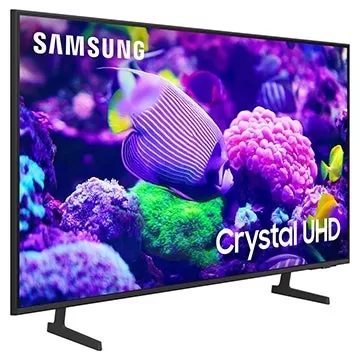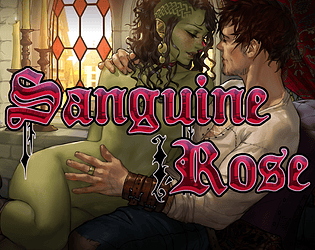With the monumental success of Monster Hunter Wilds on Steam and the revitalization of Resident Evil through Village and several acclaimed remakes, it's evident that Capcom has hit a stride that seems unbeatable. However, this wasn't always the case. Just a few years ago, Capcom was struggling after a series of commercial and critical failures that left the company in a precarious position. It had lost both its direction and its audience.
Capcom was grappling with an identity crisis. The survival horror genre, pioneered by Resident Evil, had become diluted after Resident Evil 4, losing its signature intensity. Meanwhile, another flagship series, Street Fighter, was faltering after the disappointing reception of Street Fighter 5. These setbacks threatened to end Capcom's legacy.
Yet, in the midst of these challenges, Capcom found a way to rejuvenate its beloved franchises. A strategic shift in game development, bolstered by a powerful new game engine, breathed new life into these series. This transformation marked the beginning of a period of critical and financial success that propelled Capcom back to the forefront of the gaming industry.
Resident Evil Lost Its Way
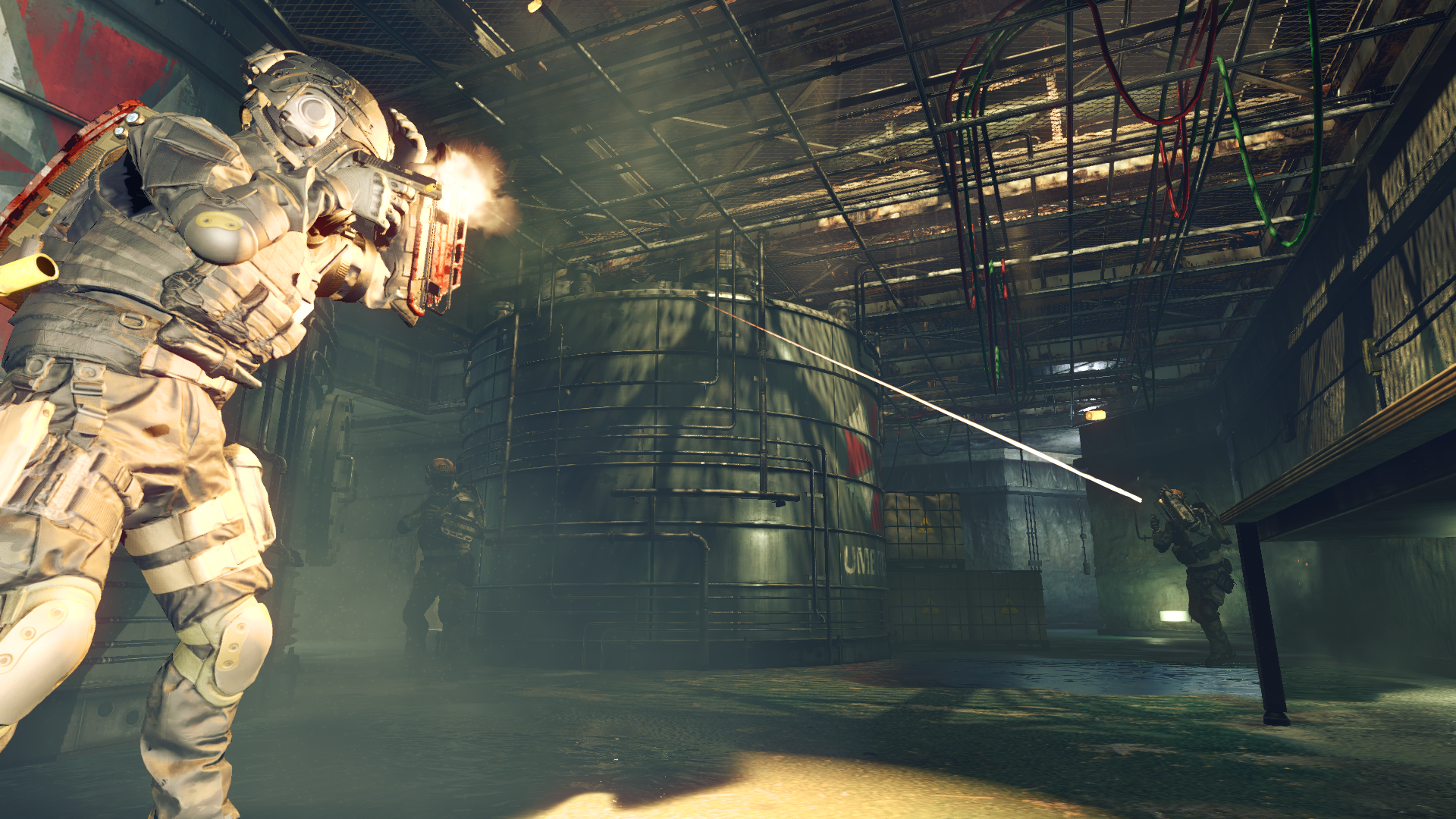
2016 was a challenging year for Capcom. The release of Resident Evil's online co-op shooter, Umbrella Corps, was met with harsh criticism from both reviewers and fans. Similarly, Street Fighter 5 left many long-time fans underwhelmed, and Dead Rising 4, despite featuring the return of Frank West, became the last new entry in its series. This period was part of a broader struggle Capcom had been facing since 2010, characterized by declining critical reception of mainline Resident Evil games, a struggling Street Fighter series, and the absence of key franchises like Devil May Cry. While Monster Hunter was thriving in Japan, it struggled to gain traction internationally.
"Many of us started feeling that what the fans and players wanted from the series was getting a little bit separate from what we were making," reflects one developer. This sentiment is a stark contrast to Capcom's current standing, where since 2017, the company has consistently delivered hits from its major franchises, including Monster Hunter World, Devil May Cry 5, Street Fighter 6, and a series of celebrated remakes, culminating in what seems to be an era of unstoppable success.
Achieving this turnaround required more than just learning from past mistakes. Capcom had to overhaul its entire approach, from identifying its target audience to adopting new technology. To understand this profound shift, IGN spoke with four leading creatives at Capcom, exploring how the company navigated its way back to the top.
Founded in 1979 as a manufacturer of electronic game machines, Capcom rose to prominence in the 80s and 90s with iconic 2D titles like Street Fighter and Mega Man. The company's successful transition to 3D gaming in the early 2000s, highlighted by the release of Resident Evil 4, solidified its position in the industry.
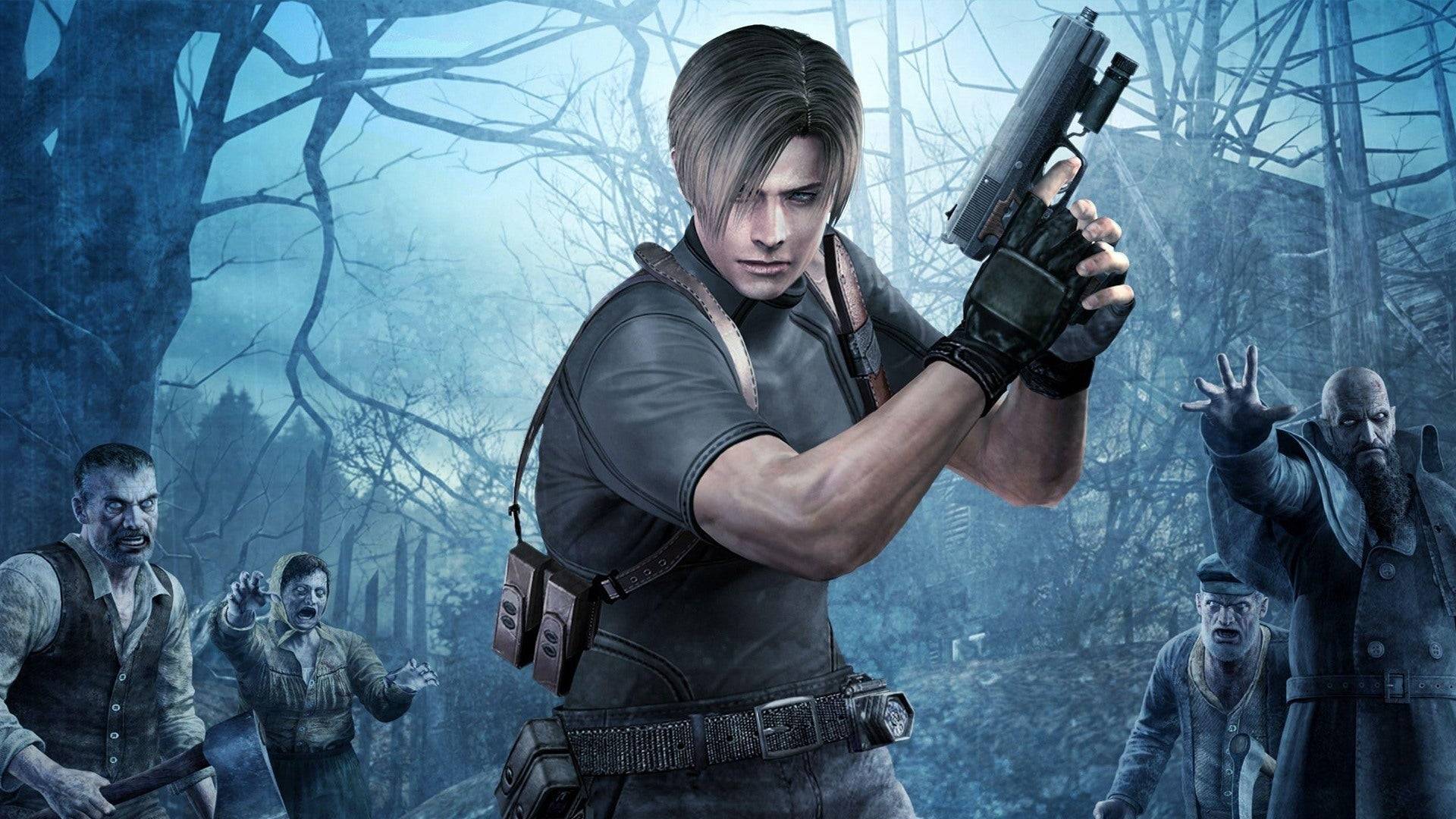
Resident Evil 4, released in 2005, is often regarded as a pinnacle of the series, masterfully blending horror with action. However, this balance was lost in subsequent games. Resident Evil 5 introduced more action-oriented elements, like Chris Redfield's infamous boulder punch, which shifted the series away from its horror roots. This shift was acknowledged by developers like Yasuhiro Ampo, who has been involved with Resident Evil since 1996.
"Overall throughout the Resident Evil series, we set up different goals, challenges, and things we want to try with each game… But this time, many of us started feeling that what the fans and players wanted from the series was getting a little bit separate from what we were making," Ampo admits. This confusion led to Resident Evil 6, which tried to cater to both action and horror fans but ultimately satisfied neither group. Similarly, the Street Fighter series faced challenges, with Street Fighter 5 criticized for its lack of single-player content and poor online functionality.
Capcom's struggles extended beyond Resident Evil and Street Fighter. Devil May Cry saw diminishing returns, prompting Capcom to outsource the next installment, DmC: Devil May Cry, to Ninja Theory. While it gained a cult following, it was met with significant backlash from fans. Other attempts to capture the Western market, such as Lost Planet and Asura's Wrath, also fell short. Amid these challenges, Dragon's Dogma emerged as a bright spot, but overall, Capcom's direction was unclear.
Street Fighter 5, The Lost Cause
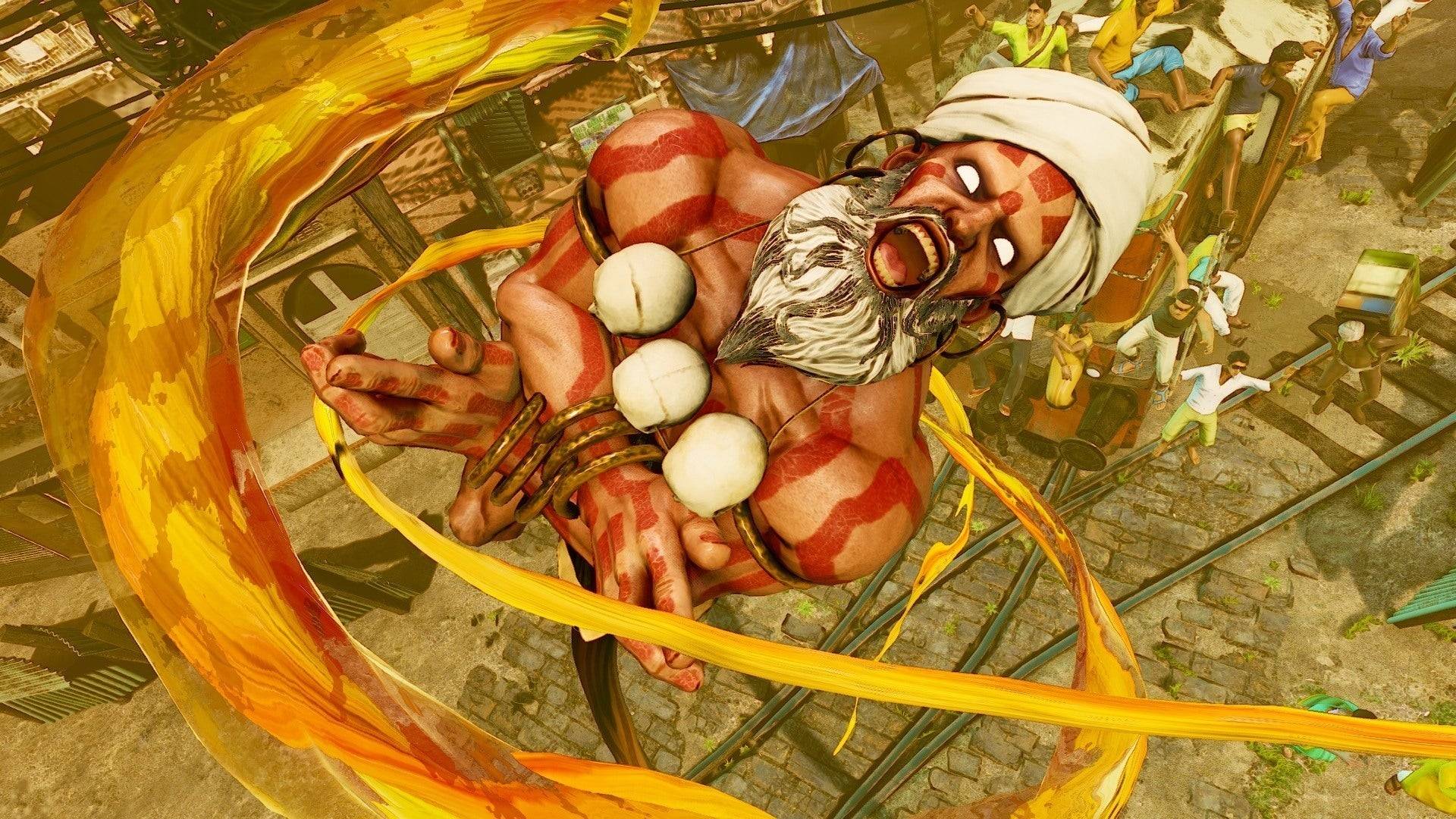
By the mid-2010s, Capcom began implementing strategic changes to turn its fortunes around. The first step was addressing the issues with Street Fighter 5. Takayuki Nakayama and Shuhei Matsumoto were brought in to stabilize the game and regain fan trust.
"There definitely were some challenges within the production of the game, and that was part of the reason why I was brought into the team," Nakayama explains. "And because we were in a point in development where we couldn’t really make any major pivots or shifts, we had to proceed and move forward in the direction we were currently in, which created constraints on what we could and couldn’t do."
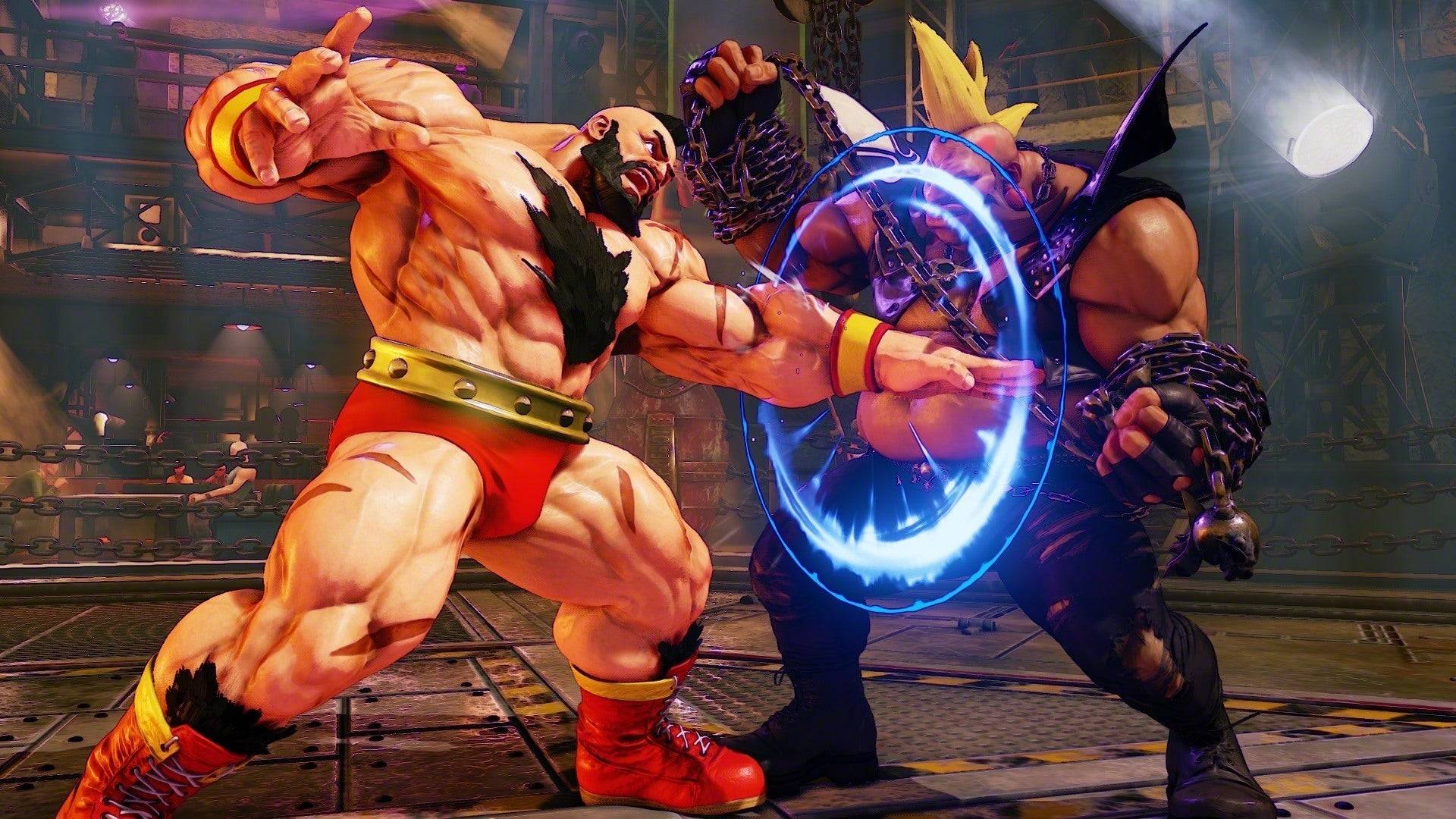
These constraints limited their ability to overhaul the game, so much of their work focused on addressing the most pressing issues while planning for Street Fighter 6. "We just didn’t really have enough time to address some of the problems and challenges we faced in Street Fighter V," Nakayama says. "And so, with our hands tied behind our backs, we basically had to wait for those ideas to be brought back for the initial conceptual phases for Street Fighter 6, so we could tackle and do things properly for the next title."
Matsumoto adds, "There wasn’t any sort of sense of like, ‘Okay let’s just end Street Fighter 5 and focus on Street Fighter 6.’ It was more like, while we were working on Street Fighter V, we were trying to figure out what we really wanted to do in Street Fighter 6 content-wise."
Street Fighter 5 served as a testing ground, allowing the team to learn from their mistakes and refine their approach for the sequel. This process involved numerous updates, from improving netcode and character balance to introducing new characters and mechanics like V-Shift. The ultimate goal was to rediscover the fun in fighting games, which Street Fighter 5 had struggled to maintain.
"We both realized that fighting games are fun, and when you get used to them, it becomes more enjoyable and something you can essentially play forever as long as you have an opponent to play against," Matsumoto says. "However, one of the challenges that we faced with Street Fighter V is that we felt that there wasn’t a clear pathway that helped guide players to get to that level where they finally feel like they’re having fun and will want to continue playing."
Rather than abandoning Street Fighter 5, Capcom used it as a learning opportunity, ensuring that Street Fighter 6 would launch as one of the most critically acclaimed games in the franchise. This approach prevented the need for future overhauls and set the stage for a more sustainable development process.
Monster Hunter Took Over The World
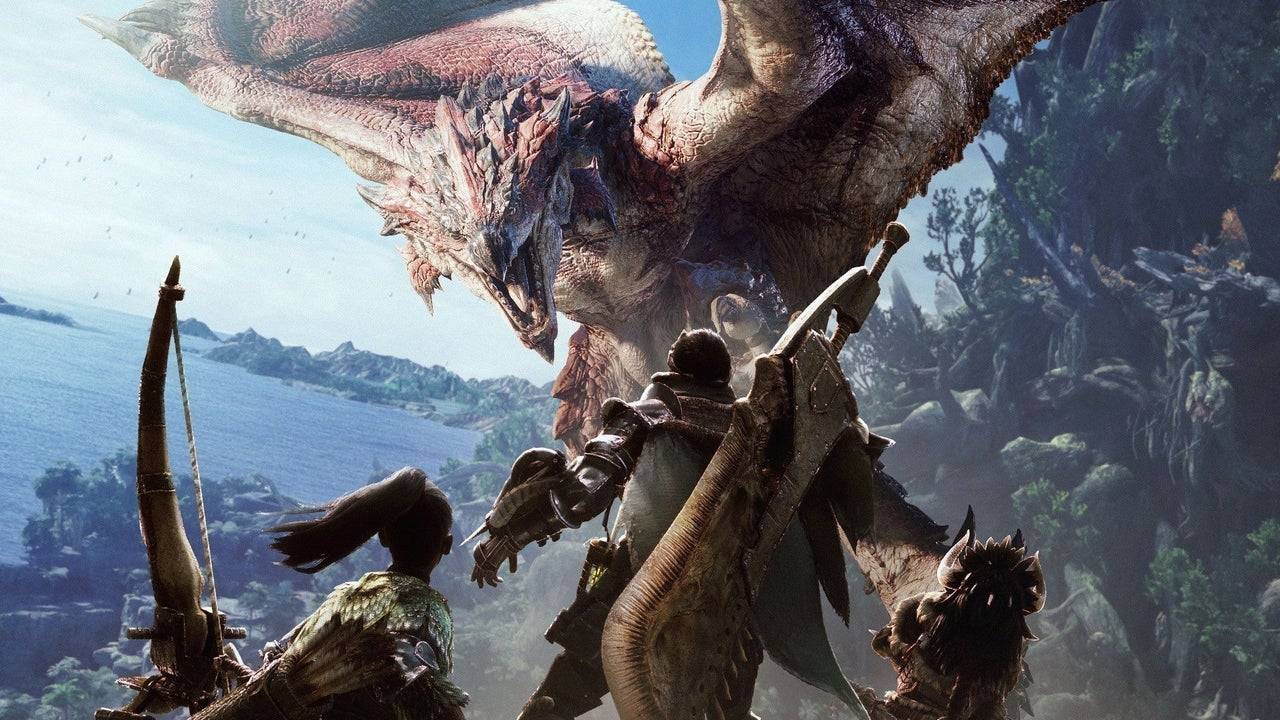
Around the time of Street Fighter 5's launch, Capcom underwent a significant internal reorganization, preparing for a new generation of games to be powered by the RE Engine, a replacement for the aging MT Framework. This change was not just about technology; it was also about aligning the company's focus on creating games for a global audience.
"It was a few factors that came together," says Hideaki Itsuno, known for his work on Devil May Cry. "The change of the engine and also all teams were given a very clear goal at that point to make games that reach the global market. [Games] that are fun for everyone."
During the PS3 and Xbox 360 era, Capcom's efforts to appeal to the Western market with action-heavy games like Resident Evil 4 and spinoffs like Umbrella Corps and Lost Planet were largely unsuccessful. Recognizing this, Capcom shifted its focus to creating universally appealing games.
"I think that we had that clear goal of just focusing and not holding anything back," Itsuno explains. "Towards making good games that would reach people from all over the world."
This shift was pivotal leading up to 2017, with Resident Evil 7 marking the beginning of Capcom's renaissance. No series better exemplifies this new global focus than Monster Hunter. Although it had a dedicated fanbase in the West, Monster Hunter was predominantly popular in Japan due to its success on handheld consoles like the PSP.
"20 years ago in Japan, having a network connection wasn't as easy, and there weren’t a huge amount of people playing Monster Hunter online. However, handheld consoles made multiplayer gameplay easy without internet access, and I regard it as a great success that we had players experience the game in this way," says Ryozo Tsujimoto, the series' executive producer.
Monster Hunter's focus on cooperative play was well-suited to the Japanese market, but this inadvertently reinforced its image as a Japan-only brand. However, as online infrastructure improved globally, Tsujimoto and his team saw an opportunity to make Monster Hunter: World more accessible worldwide.
Released in 2018 on PlayStation 4, Xbox One, and PC, Monster Hunter: World was a game-changer, delivering AAA console-quality action with enhanced graphics and larger environments. "Our approach to the globalization of the series and Monster Hunter in general really ties into not only the themes that we had going into designing the game, but also in the name of the game," Tsujimoto reveals. "The fact that we called it Monster Hunter: World is really kind of a nod to the fact that we wanted to appeal to this worldwide audience that we wanted to really dig into and experience Monster Hunter for the first time."
To ensure Monster Hunter: World appealed to a global audience, Capcom conducted worldwide focus tests, leading to changes like displaying damage numbers when players hit monsters. These tweaks helped Monster Hunter: World and its follow-up, Monster Hunter Rise, achieve unprecedented sales, each surpassing 20 million copies.
"At its heart, Monster Hunter really is an action game, and that sense of accomplishment you get from really mastering that action is an important aspect of Monster Hunter," Tsujimoto explains. "But for newer players, it's really about getting to that point. The steps involved in getting to that sense of accomplishment is what we're trying to strategize for, in terms of designing for new players."
Resident Evil 7 Began Turning Things Around
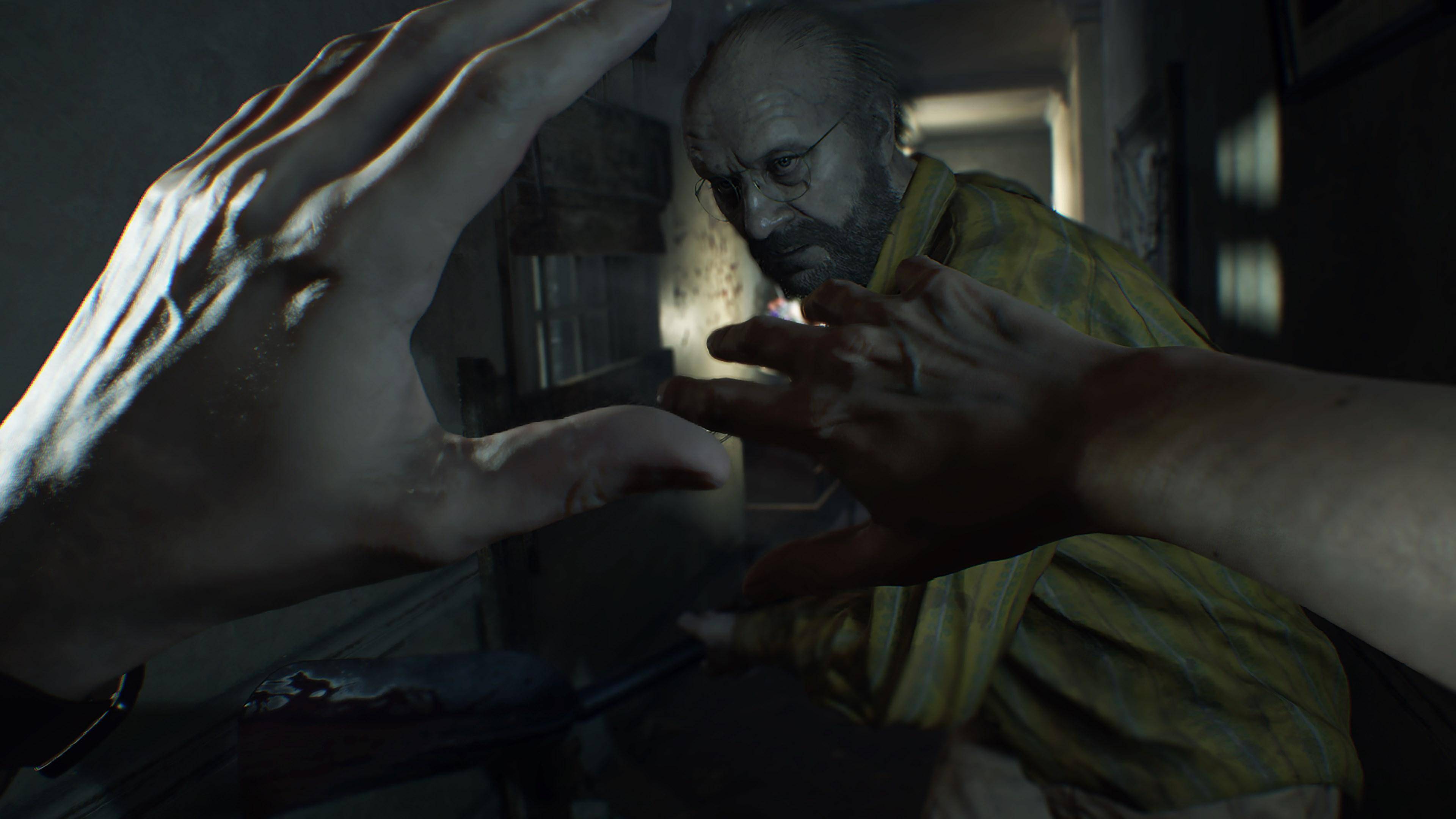
While Monster Hunter had a successful formula, Resident Evil needed to decide whether to focus on gory action or survival horror. Jun Takeuchi, the series' executive producer, made the pivotal decision to return to its survival horror roots.
"It was around the time I was working on Resident Evil Revelations 1 and 2. I was trying to test different things, try different approaches," recalls Yasuhiro Ampo, director of Resident Evil 2 and 4 remakes. "And around this time is when the R&D teams were divided into R&D division one and two. The executive producer of the Resident Evil series, Jun Takeuchi, took command of R&D division one, and he set the core direction that the Resident Evil series needed to go back to its origins, to its roots."
Resident Evil 7 was announced at PlayStation's E3 2016 conference, featuring a first-person perspective that reintroduced the series' horror elements. "With Resident Evil 7, the executive producer, Jun Takeuchi, made it clear that we cannot underestimate how critical it is for the series for it to be scary and about survival," Ampo says.
Resident Evil 7's shift to first-person perspective revitalized the series, offering a return to its horror roots while maintaining some action elements. Its success was followed by third-person remakes, starting with Resident Evil 2, which combined horror, action, and puzzles with the menacing Mr. X system.
"Resident Evil 4 is a game that is so beloved. If we get anything wrong with the remake, people might be quite vocal about their discomfort," Ampo notes. Despite initial hesitation, the Resident Evil 4 remake was a hit, fine-tuning the action-horror balance to align with Takeuchi's vision of returning to survival horror.
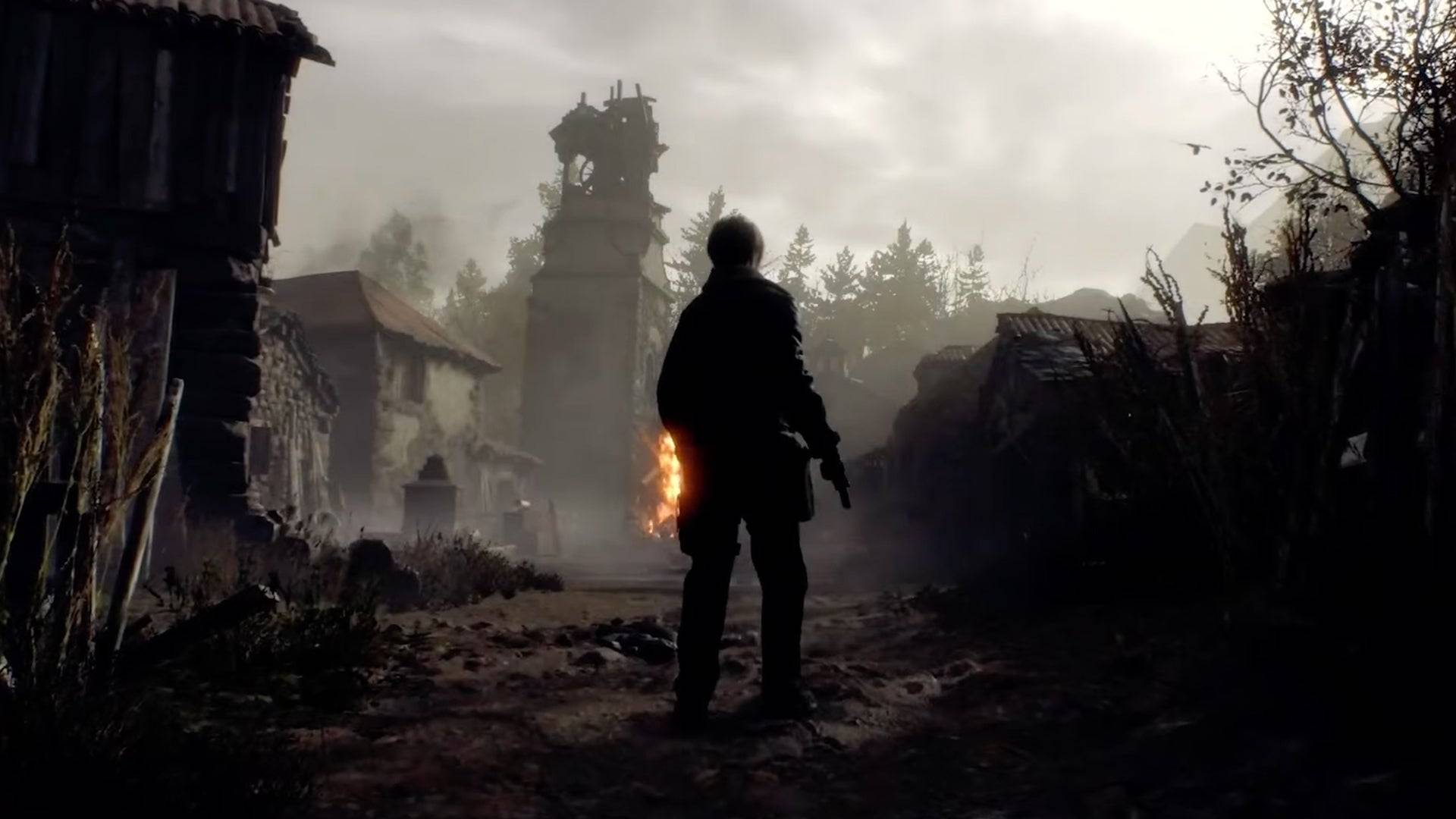
Simultaneously, Devil May Cry director Hideaki Itsuno sought to challenge the softening of the action genre. When given the chance to direct Devil May Cry 5, he leveraged the RE Engine to create a visually stunning and challenging game, focusing on what he considered "cool."
The Reason Behind The Change

"I felt like the main trend with action games was to make action games that were very kind," Itsuno admits. "Maybe, for me, a little bit too kind to the players, lending a hand to the player too much to my liking."
After a decade away from the franchise, Itsuno returned to direct Devil May Cry 5, which became one of the most successful games in the series. The RE Engine's ability to handle photorealistic assets and its agility in development allowed Itsuno to create a visually and mechanically refined game.
"Ever since I took over the series from Devil May Cry 3, I put everything that I, as a person, I considered throughout my life to be cool," Itsuno says. "Anything I’ve seen on TV, in movies, and comics I’ve read, any sport experiences I’ve had, I try to distill everything that I think is cool into what the game is."
A New Capcom Golden Age
Since 2017, Capcom has released critically acclaimed games almost annually, a feat that sets it apart from other major studios. This success is driven by a focus on creating globally appealing games, powered by the advanced RE Engine, which supports a variety of genres without compromise.
Capcom's commitment to maintaining the unique identities of its franchises, while expanding their reach, has resulted in a new golden age. "Capcom is going through a golden era, and, well, now we have to do everything we can so that this lasts one more year, one more year, and every year, one more year," says Monster Hunter's Tsujimoto.
As Capcom continues to thrive, its contemporaries struggle with similar identity crises Capcom faced a decade ago. The company's strategic changes have not only revitalized its franchises but have also set a new standard in the gaming industry, proving that Capcom has indeed risen from its challenges stronger than ever.


